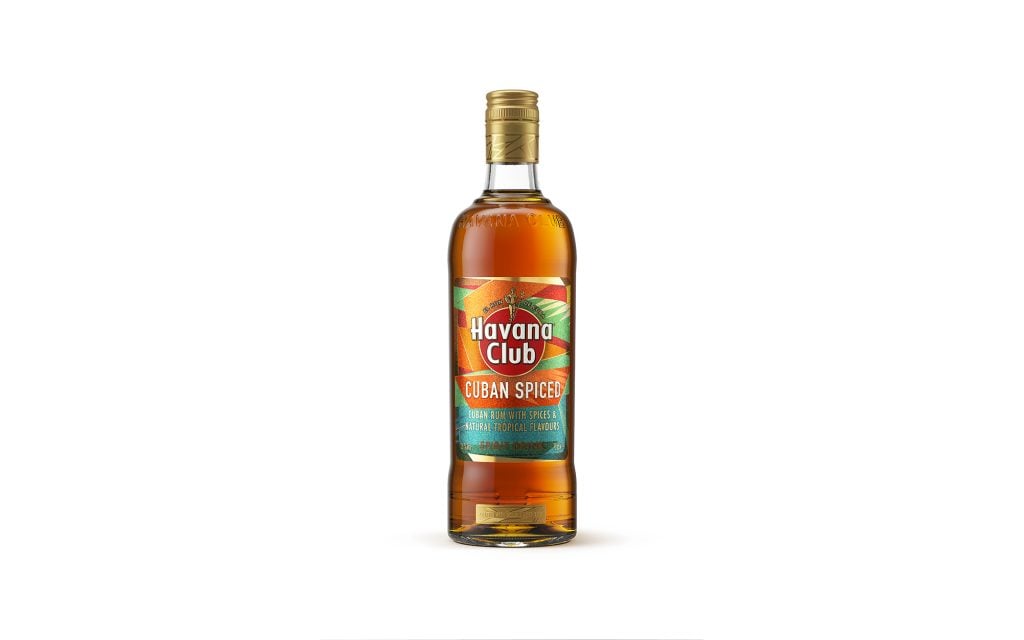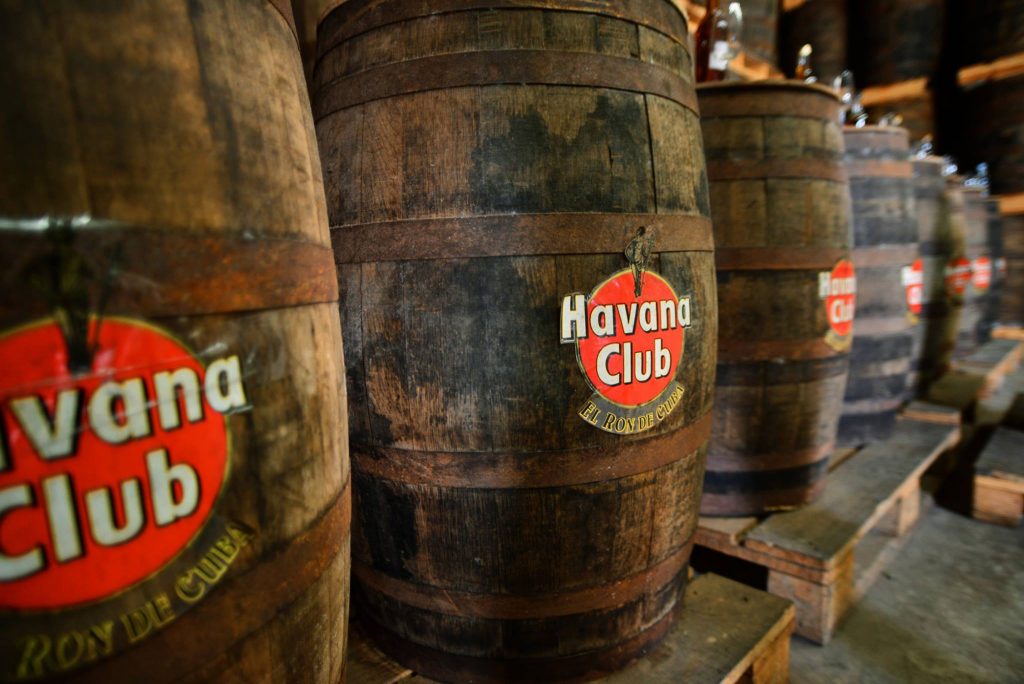Havana Club’s first spiced variant has just arrived at MoM Towers. So we decided to take a look and see what to expect from the new expression.
The fact that Havana Club is entering the spiced rum market is not particularly surprising, given that the category is enormous. The Wine and Spirit Trade Association (WSTA) revealed in 2019 that sales of flavoured and spiced rum in the UK shot up from less than six million bottles in 2014 to more than 10m in 2019. The only real surprise is why the Cuban rum giants took so long to get involved.
Rum can be confusing
Perhaps Havana Club was reluctant due to the stigma attached to the spiced rum category. Saccharine products laced with artificial flavourings and colouring have led to an association with them being inferior. In fact, its newest addition is technically a spirit drink, not a rum. According to EU law, rum may not be flavoured. Therefore ‘spiced rum’ is not technically rum, but a category in its own right. Confusing, isn’t it? As consumers become more knowledgeable and demanding, the lack of authenticity and transparency is becoming an issue.
Producers, however, are reacting to the thirst for more transparency. More and more rums are being released that prioritise quality, story and provenance over volume or cost, often with a price tag to match. A new generation of distillers and bottlers has been key to this dynamic shift. But innovative products can also come from big global brands too.

Havana Club Cuban Spiced has arrived at MoM Towers!
Distinctive flavours from Cuba’s tropical climate
This brings us to Havana Club Cuban Spiced. Anne Martin, global marketing director at Havana Club International, explains that the concept behind Havana Club Cuban Spiced was to create a product that would appeal to the “growing audience of spiced fans,” while revealing that more than two-thirds of young adults that purchase rum opt for spiced offerings.
The press release also wastes no time in telling us that the brand wants to create something different from other nautical-inspired spiced rums on the market. How? By showcasing the “innovation and craftsmanship in Cuban rum production” and celebrating “the provenance of Havana Club with distinctive flavours from Cuba’s tropical climate”.
A Cuban rum recap
So, let’s talk about how Havana Club makes rum. The process begins with sugar cane. It grows a-plenty in Cuba’s fertile soil (just ask cigar fans about the quality of crop the country grows). To create molasses your squish the harvested cane to extract the juice and then boil it. Then you add water and yeast to the molasses in tanks to ferment for about one and a half days. It’s a short amount of time. In places like Jamaica, fermentation lasts for five days to a week.

Cuban rum has a long history and its production is full of tradition and pride
That’s because Cuba is one of the pioneers of what is often described as Spanish-style rum, which refers to light, fresh and crisp rum made in Spanish-speaking countries thanks to a request from the Spanish Crown, which preferred its spirits delicate in flavour. You’re not going to find those big funky Jamaican-style rums here.
After fermentation, the liquid is distilled in a mix of pot and column stills before being placed into American white oak barrels for ageing. By law, it must age for at least two years. Charcoal-filtration and then some more blending and ageing typically occurs after this, but it’s not a legal requirement. Maestros roneros (or master rum makers) watch over this entire process and it takes 15 years of work to become one.
There has been rum in Cuba since the introduction of the sugarcane crop to the Caribbean and access to it and the tropical climate the rum matures in has led to Cuba getting the nickname “the isle of rum” and ensured the spirit has become an essential part of the nation’s culture.

Be sure to have some fun with this one and so plenty of mixing!
A spirit drink not a rum
It’s this rum that forms the bedrock Havana Club’s new spiced spirit drink, which has been infused with “natural tropical flavours” like vanilla, aromatic spices, ripe guava, toasted coconut and fresh pineapple. Three Cuban fruits alongside the typical vanilla and spice mix demonstrate the brand is living up to its billing of utilising local flavours. There’s no information about sugar levels, however. The bottle’s label clearly states that it’s a spirit drink at least, which is refreshing, and the pricing is fair. As far as expressions in this category go, Havana Club Cuban Spiced certainly has promise.
Which shouldn’t be too much of a surprise. The exceptional distilling pedigree outlined earlier and some strong branding has helped Havana Club become one of those rare producers that has an entire core range worthy of keeping in stock. Which most bars and supermarkets around the world make a habit of doing. Excluding the US, of course, thanks to its embargo on Cuban products.
The producer’s tasting notes suggests there will be rich, fresh tropical fruit, light honey, vanilla and warm spices to enjoy. But it will be interesting to see if the additional flavours overwhelm the light rum at the core of this expression or enhance it. Of course, most people will mix it anyway. Ginger beer, cola or coconut water and other tropical fruit juices will all work well as mixers, but don’t be afraid to experiment with cocktail classics. A Spiced Daiquiri or a Spiced Espresso Martini sounds pretty good to me.
Havana Club Cuban Spiced is now available from Master of Malt.
